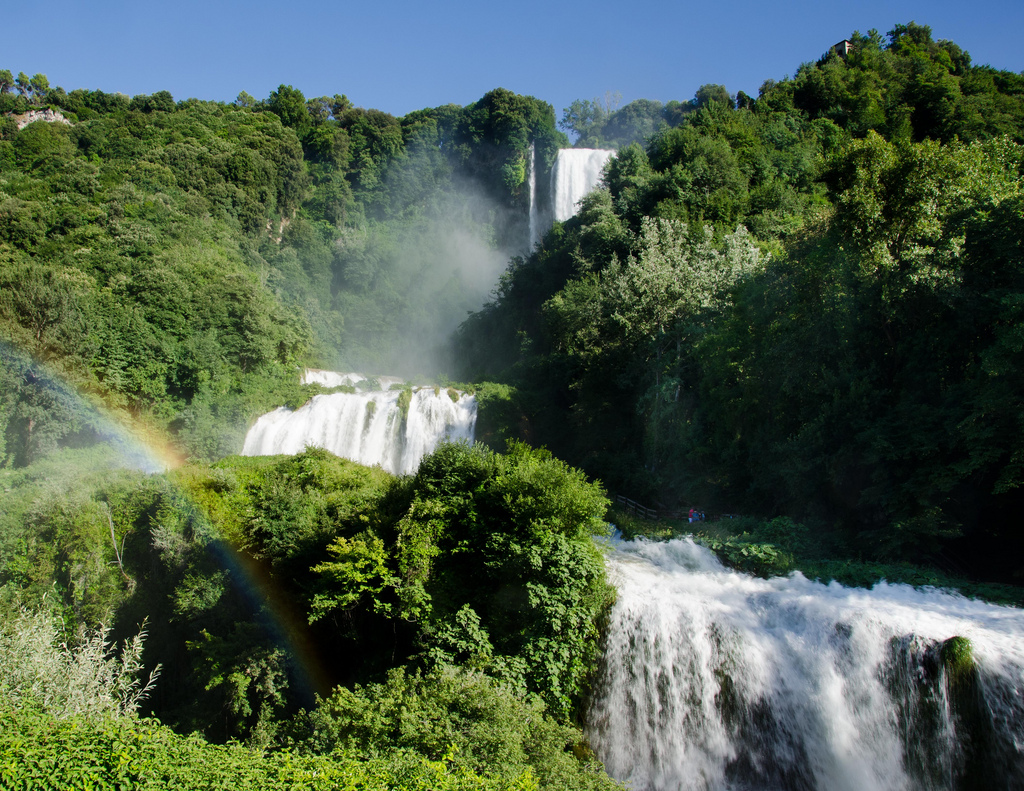
Town of Narni
969/5000 The area around Narni was already inhabited in the Paleolithic, as evidenced by the findings in some of the caves of which the territory is composed. Around the beginning of the first millennium the Osco-Umbri settled in the area calling Nequinum their settlement. In 300 BC the citadel returned to the interests of Rome, which besieged it with the consul Quintus Appuleius Pansa, obtaining unsuccessful results, however, given its impervious position [4]. It took over a year to complete the enterprise, which took place in 299 BC. thanks to the betrayal of two local people who allowed the Romans to enter the walls. It thus became a Roman colony, and a strategic center along the Via Flaminia. To punish the support given to the Gauls, and considering Nequinum of bad auspice (in Latin, nequeo means "I can not", and nequitia means "uselessness".), The Romans changed the name of the city in Latin of Narnia [5] [6 ] [7], from the name of the nearby river Nar, the current Nera.
Marmore falls
The Cascata delle Marmore is a waterfall with controlled flow, inserted in a large natural park, among the highest in Europe, having a total height difference of 165 m, divided into three jumps. It is located about 7.5 km away from Terni, in Umbria, almost at the end of Valnerina, the long valley carved by the river Nera. The name derives from calcium carbonate salts found on rocks that are similar to white marble. The waters of the waterfall, managed by the Municipality of Terni, are used for the production of hydroelectric energy. The waterfall is therefore not always open at full capacity. When it is open at minimum flow the waterfall discovers the rocks and the underlying vegetation. An acoustic signal warns of the opening of the regulating gates, and in a few minutes the flow increases to give it the known appearance. Access to the park is possible from below (lower belvedere) and from above (upper belvedere) with payment of a ticket. Several paths run through the park and it is possible to walk between the two lookouts, both uphill and downhill. At night the waterfall is always illuminated by an advanced LED system of the latest generation, which guarantees a beam of light and uniform illumination.


Ruins of Carsulae
Carsulae was an ancient Roman city (although the first settlements were recorded in pre-Roman times) located along the future Via Flaminia, in Umbria, on the border between the municipal territories of Interamna Nahars (Terni) and Casventum (San Gemini) . Abandoned already in remote times following severe landslides, it is still partly buried under a few meters of land.